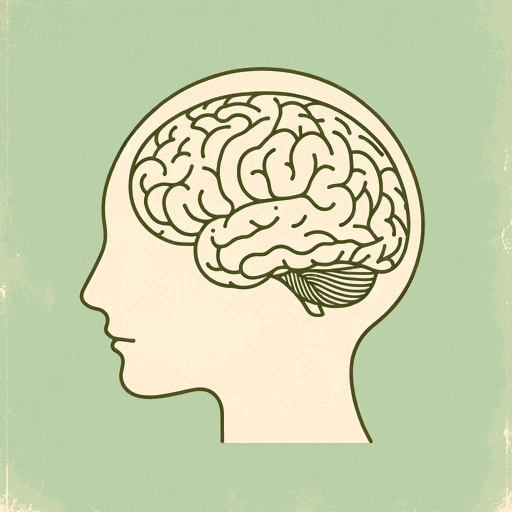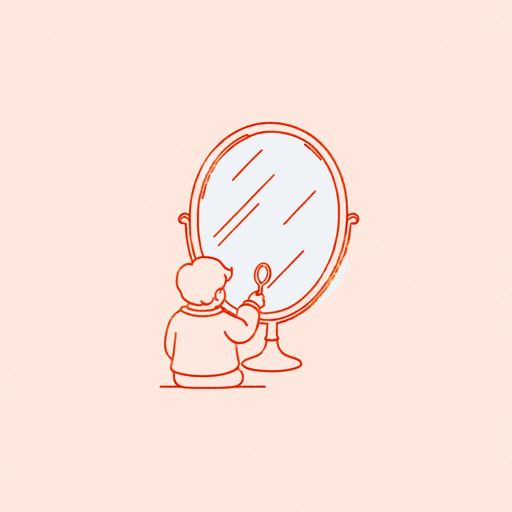62 pages • 2 hours read
Frances E. Jensen, Amy Ellis NuttThe Teenage Brain: A Neuroscientist's Survival Guide to Raising Adolescents and Young Adults
Nonfiction | Book | Adult | Published in 2014A modern alternative to SparkNotes and CliffsNotes, SuperSummary offers high-quality Study Guides with detailed chapter summaries and analysis of major themes, characters, and more.
Background
Scientific Context: Neuroscience and the Adolescent Brain
Neuroscience is the study of the nervous system and how it works. It combines various areas of science, including biology and psychology. Branches of neuroscience include cognitive (how neural responses affect psychological functions), affective (the neural responses involved in emotions), behavioral (the connections between the brain, behavior, and environment), and developmental (how the brain and nervous system develop). In recent years, technological innovation has led to significant advances in neuroscience. The development of brain imaging equipment, such as functional magnetic resonance imaging (fMRI) scanners, has enabled neuroscientists to learn more about the brain’s structure and function. Brain activity can be mapped, revealing how different areas connect with one another. Consequently, scientific understanding of brain processes such as memory, learning, behavior, and perception has improved.
Until recently, neuroscientific research has largely focused on the brains of infants and the elderly. The first few years of life are recognized as a crucial stage of learning and brain development. The brain rapidly changes as infants absorb new stimuli and achieve key developmental milestones such as walking and talking. Meanwhile, research into the elderly brain has sought a better understanding of degenerative brain processes, such as Alzheimer’s disease. It is only in the past few decades that more attention has been given to the adolescent brain.


